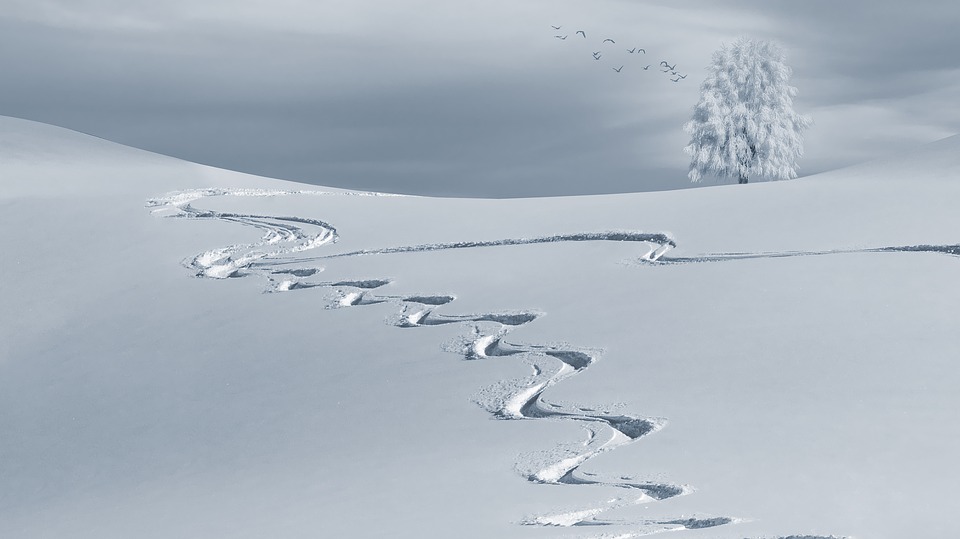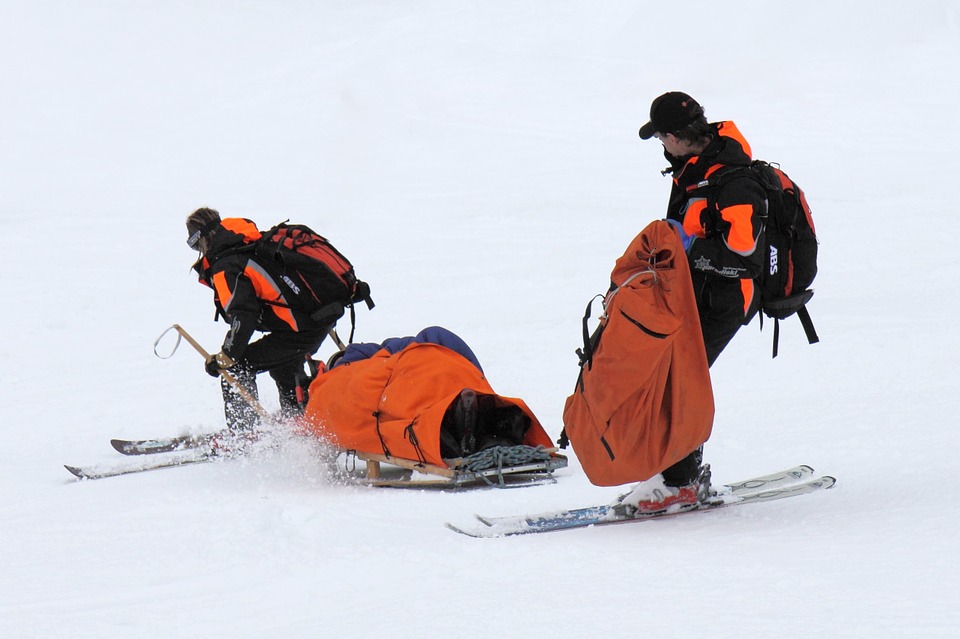What to take on a hike in the mountains? This is what my blog is about today.
Equipment. Regardless of the weather, a hiker’s backpack should always include waterproof and windproof clothing, such as Gore-tex, and warm clothing (fleece, thermal underwear, etc.). In winter, a spare pair of warm gloves is a must. You will also need sunglasses and, possibly, a ski mask and helmet. It is advisable to have a traveling blanket with you. A set of spare mounts for snowshoes will also save you from unforeseen problems. In winter, it is also desirable to have a shovel and a probe.
Nutrition. Keep in mind that “slow” sugar and starch increase stamina. Preference should be given to carbohydrates of plant origin. You need to remember that you need to drink and eat before you feel hunger or thirst. Food should be consumed in small quantities at frequent intervals to avoid overloading the digestive system and avoid negative effects on muscle function. During exercise, the amount of water consumed can be equated to 2 litres per hour, as the body can be up to 40% dehydrated.
Material. It should be selected in accordance with the duration and difficulty of the route, as well as the weather conditions or weather forecast (snow, rain, wind).
First aid kit.
Important! A properly assembled backpack saves time and increases the comfort of both a regular walk and a competition.
Some tips for those who go to the mountains on snowshoes. Important! Preliminary preparation of the route is required (calculation of walking angles and route tracing).
Walking speed: start moving slowly, do not make sudden accelerations.
When moving uphill, choose the “smart way” if you go off the track. Adapt the rhythm of movement in accordance with the angle of inclination (avoid slopes that are too steep).
Stops: if you feel that it has become hot, be sure to remove your outerwear (jacket, windbreaker, fleece).
Do not forget about those who are behind you.
Before stopping to eat or have a picnic, dress first, then eat and drink. Do not let the body cool. Try to choose a sunny and windless place.
Descent: adjust to the weakest in the group.
Remember that the snow changes under the influence of the sun.
Early return is a guarantee of safety.
Moving in difficult conditions: in the fog or when visibility decreases, you must use a map, compass, altimeter and GPS. Remember that fog blurs visibility and modifies the landscape. Therefore, it is sometimes better to stop and practice cold control measures in anticipation of better visibility.
If you are in an avalanche-prone area: keep your distance, do not veer off the track and keep up with the group. Keep in sight of the other participants of the walk. Avoid long crossings, especially in rocky areas. If in doubt, call for help.
Due to the difficulty of access, help in the mountains is problematic. Therefore, you need to properly prepare for the hike, taking into account all possible circumstances as much as possible (weather change, route error, etc.). Backpacks are limited in weight and capacity, so you need to take only the most necessary items in accordance with the given conditions and route.
You must be able to protect yourself from climate changes: cold, wind, water, excessive sun. Remember that cold causes hypothermia and frostbite. The sun, in contrast, is the cause of sunburn, dehydration, heat stroke, and damage to vision.
A few words about sleeping or using a bivouac that could be possible and unforeseen.
Key points:
Try to isolate yourself from the cold and the wind (shelter in a cave if possible).
It is necessary to limit body contact with the ground as much as possible.
In winter, it is better to make a hut out of snow. The entrance must be made on the opposite side from which the wind is blowing. Remember: it will take at least 3 hours to “build” such a hut.
WARNING MESSAGE. Mountain rescue
What if an accident occurs? In Europe, call 112.
The message should be as concise as possible and contain all necessary information:
First name, last name, several emergency phone numbers
The reason for the call (briefly and accurately)
Exact location (array name, GPS point, height)
Accident time
The state of the victim: whether conscious, pulse, visible injuries, respiratory rhythm, dilated pupils. The observed evolution of their state.
Weather conditions: visibility, wind, temperature.
Ground access capabilities (if asked).
If the rescuers are heading to you by helicopter, when approaching, mark the locations with simple visual means (bright clothes, a phone lantern).











